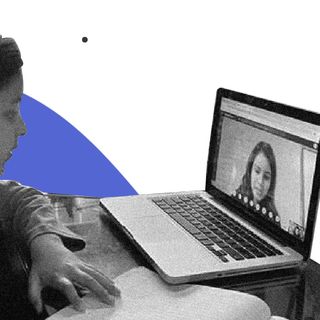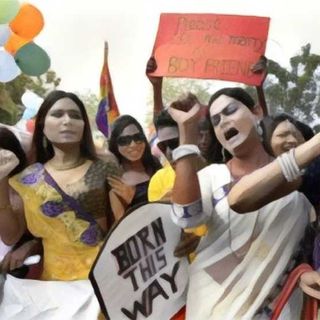The child rights’ NGO, Child Rights and You (CRY), has warned of a rise in child labor in India in the aftermath of the Covid19 pandemic.
A joint analysis by CRY and the Tata Institute of Social Sciences predicted that the rise in child labor will be especially apparent in home-based enterprises and agriculture, besides hazardous occupations. In fact, there are already reports of children being forced to take up selling vegetables to support their families because the lockdown has resulted in the loss of their parents’ income. CRY also expressed concerns about a potential increase in forced labor and debt bondage due to the economic crisis. “The advent of Covid19 seems to be one major contributing factor to undo all efforts made in reducing and ending child labor,” Puja Marwaha, CEO at CRY, said.
Today, the International Labor Organization (ILO) also reported in a brief, titled Covid19 and Child Labour: A time of crisis, a time to act, that the pandemic is leading to the first rise in child labor following 20 straight years of progress. The ILO said that child labor had decreased, globally, by 94 million since 2000 — a remarkable gain that is now at risk of being undone. Also, children already engaged in child labor may resort to working longer hours, or be forced to take up more exploitative and hazardous jobs under worsening conditions of work, the brief opined. And, of course, it predicted that gender inequalities will now be aggravated with young girls being pushed into exploitation in agriculture and domestic work.
Related on The Swaddle:
Indians Worried More About Economic Crisis Than Covid19: Survey
Last month, while attributing the global rise in child labor primarily to the to the rapidly unfolding economic crisis, in addition to parental mortality, the UNICEF also factored in the role of lockdown-prompted school closures on the forecasted spike. Once children stop attending school, even temporarily as is happening now, and start earning an independent income instead, it becomes extremely difficult to get them to go back to school, UNICEF warned. However, citing older studies based in India, UNICEF recommended reduction in school fees, or subsidization of education to make it more affordable, as possible ways to dilute the impact of school closures on increase in child labor.
“We expect millions of children to become child laborers due to a rise in global poverty alone,” Eric Edmonds, developmental economist, and Jacobus de Hoop, humanitarian policy research manager at UNICEF, wrote. As a result of being forced into child labor, the children will be more prone to mental health concerns like stress and trauma, and may also develop chronic health issues later in life, the UNICEF cautioned. The spike could also lead to reduced labor earnings all the way into adulthood as children who leave school early are likely to enter low-skill occupations. And with some states in India even relaxing their labor laws in favor of a speedier economic recovery, the likelihood of these health concerns manifesting in the lives of these children is even higher.
“Social protection is vital in times of crisis, as it provides assistance to those who are most vulnerable. Integrating child labor concerns across broader policies for education, social protection, justice, labor markets, and international human and labor rights makes a critical difference,” Guy Ryder, political scientist and ILO Director-General, suggested.




